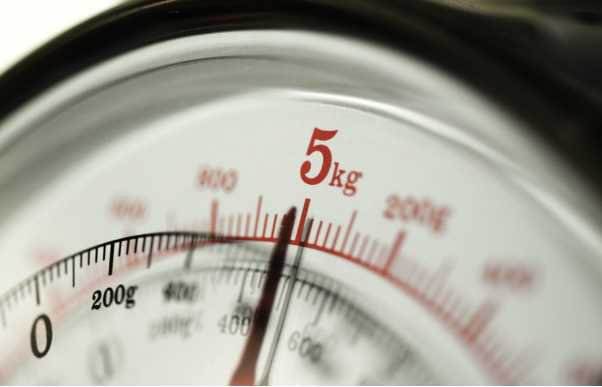The Importance of Weight Indicators in Drilling Operations
Weight indicators are among one of the important instruments that are used by drillers to effectively monitor and improve the operating efficiency and functioning of drilling operations.
This blog will discuss the role of weight indicators and how they contribute to the process. But before that, let’s briefly discuss how weight indicators work.
How do weight indicators work?
Weight indicators allow drillers to calculate accurate measurements of weight by using a hydraulic gauge. It’s attached to the deadline of the drilling line so when the tension is increased, a certain amount of hydraulic fluid is forced through, which turns the hands of the weight indicator and provides accurate readings.
In order to get accurate readings, it’s very important that the driller makes a zero-offset adjustment before starting the process. The reason is that the measured weight also contains the value of the tension on the wire rope, including the cable as well as the traveling blocks.
The importance of weight indicators in drilling operations
In many operations, drillers are not particularly interested in the weight that’s calculated using the weight indicator. Instead, they’re more concerned about the weight that’s applied to the tool that’s used to cut or crush rocks at the bottom hole, known as a bit in drilling terminology.
There is a way to calculate the bit weight, though. A driller could subtract the rotating and hanging off bottom weight from the rotating on bottom weight. However, most weight indicators come with a second indicator dial that simplifies this process.
The second indicator can be zeroed with the drill string hanging free, and used to calculate the results from the main indicator dial. The weight set on the bottom adds weight to the secondary dial, and as a rest, provides an accurate reading of the bit weight without the need to perform any calculations.
Functionality of weight indicators
The functionality of weight indicators depends on the type of operations. In conventional rigs, where heavy loads are to be measured, weight indicators perform really well and provide a reliable reading, particularly if the driller is using a digital variant. However, depending on the calibration and nature of the equipment, measuring small differences in weight with accuracy is not possible.
On the other hand, weight control in the weight indicator of a snubbing unit is measured by the hydraulic pressure that acts on hydraulic cylinders. Changing the weight on the bit may require changing the hydraulic power fluid pressure by using a needle valve. Hence, the driller can easily change the drilling conditions in small amounts and monitor them with accuracy and precision.
If you want to purchase high-quality drilling instrumentations, get in touch with Contact Instruments. The Alberta-Basedcompany is a premier provider and manufacturer of high-grade and premium quality drilling rig instrumentation. They have user-friendly and low-maintenance weight indicators that produce accurate readings. To learn more, call us at 780-955-8998 or visit our website.





Comments
Post a Comment